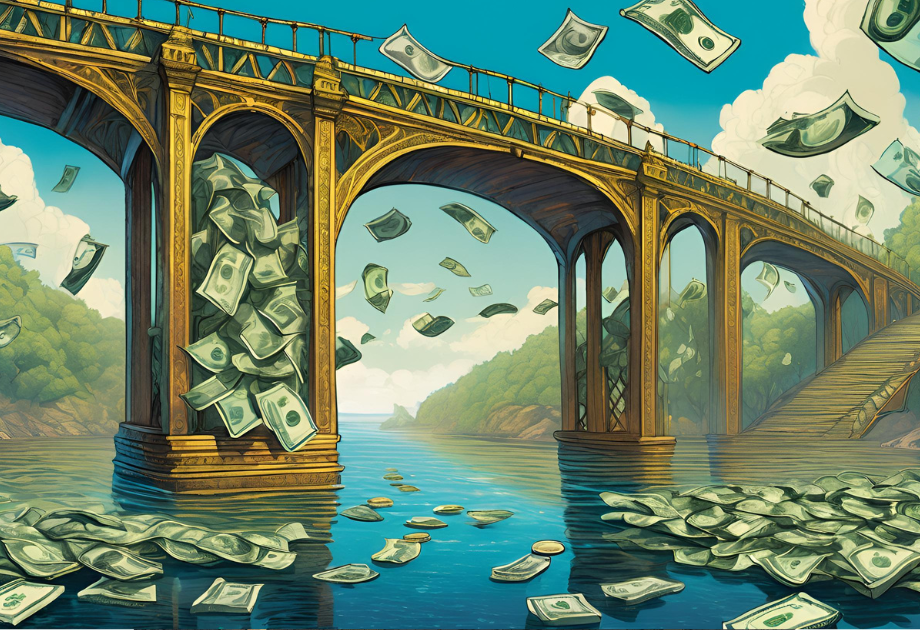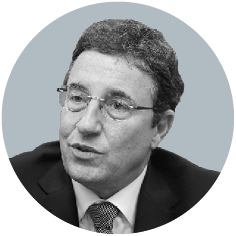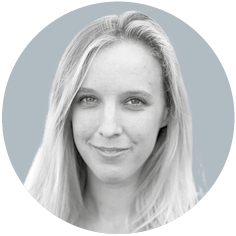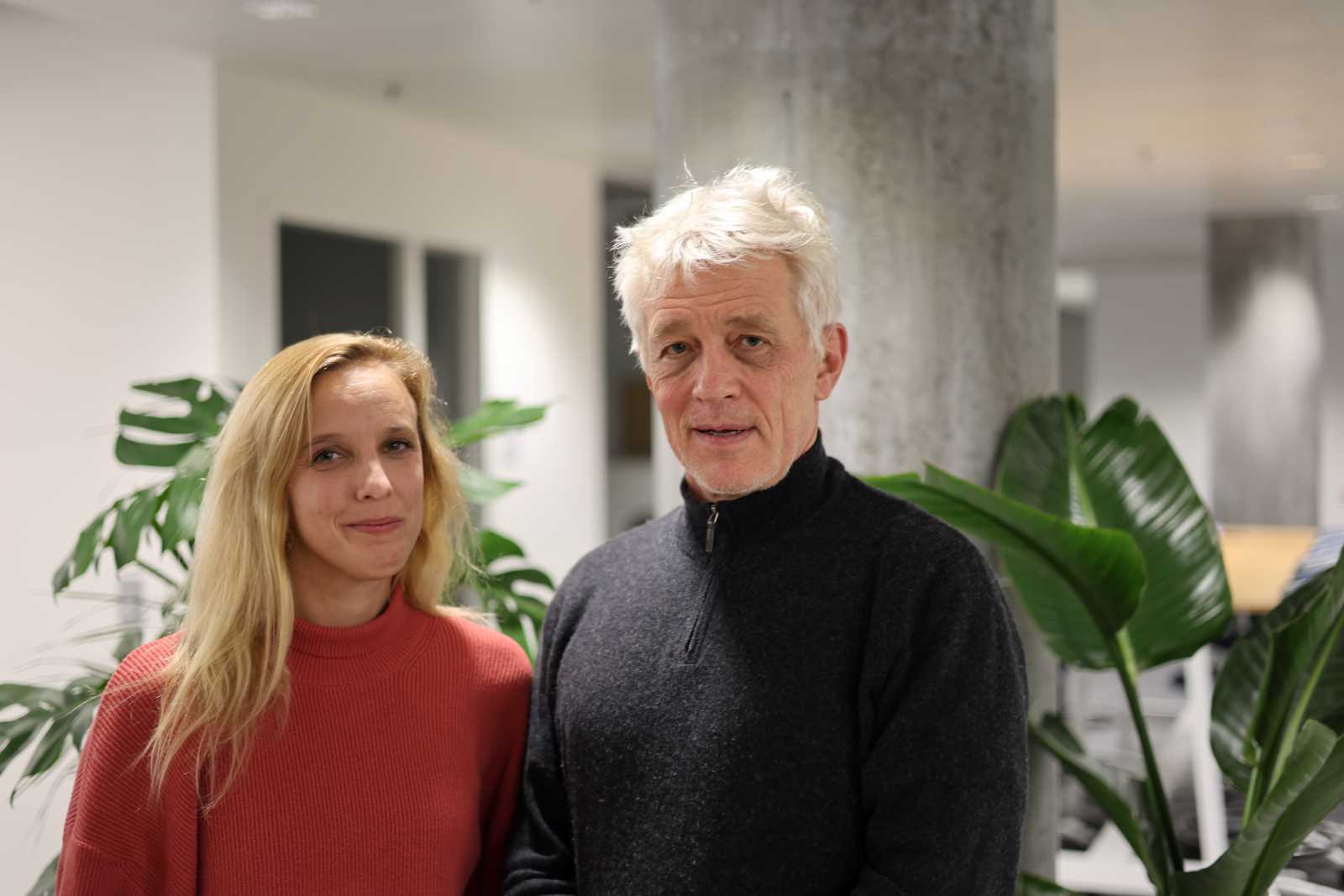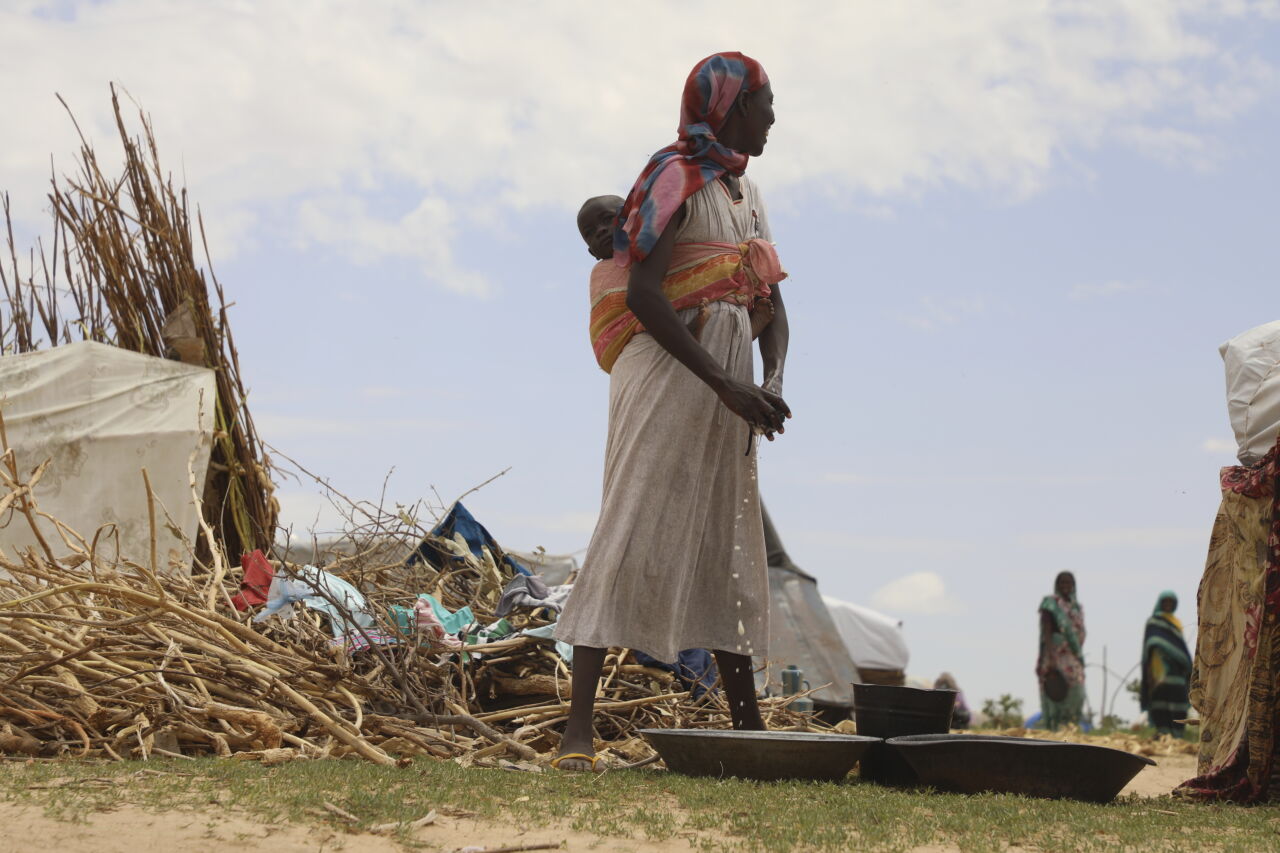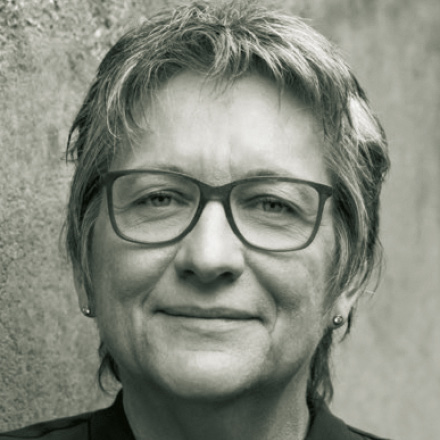Climate finance
Raising additional investment capital
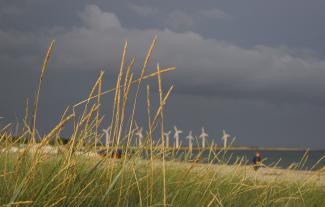
The UN climate summit in Copenhagen in December 2009 agreed that the developed countries should raise an annual $ 100 billion for climate-related investments in developing countries from 2020 on. That sum will include contributions from the private sector. Otherwise it would be difficult to keep global warming at a manageable level and ensure the transition to sustainable prosperity all over the world.
Both public and private capital flows are indispensable elements of climate finance. The idea is to catalyse low-carbon and climate-resilient development.
Developing countries certainly need energy to drive growth and fight poverty:
- In 2010, the African Development Bank estimated that its continent needs 7,000 megawatts of new power-generation capacity every year.
- The OECD forecasts that $ 5 trillion will be invested in energy-related projects in emerging markets up to 2035.
It is obvious that investments of this kind must be climate friendly. Otherwise they will compound the problems caused by global warming. The good news is that green growth is feasible. Fast falling costs have marked the renewable-energy sector in recent years, so eco-friendly technologies are becoming ever more competitive. Power-generation capacity from renewable sources such as wind and solar is increasing at double-digit annual growth rates in many countries, including Columbia, Ecuador and Namibia. Burkina Faso, Ghana and Mali are now close to grid parity. Huge business opportunities will arise in the developing world in this field, and private-sector investors must be encouraged to grasp them.
The Danish Climate Investment Fund
Recognising the need to mobilise private funds for climate investments, the Danish government decided in 2012 to set up the Danish Climate Investment Fund (DCIF). This initiative is in accordance with Denmark’s strategy for development cooperation. The DCIF will be active in the fields of promoting climate-relevant technology, capacity building and financing. It will be managed by the Danish Investment Fund for Developing Countries (IFU), a public-sector development-finance institution with a strong track record over decades of international experience (see box below).
Last year, the IFU started a campaign to mobilise capital from institutional investors. The first major result is a new ground-breaking public-private partnership that was formally agreed in January this year: institutional investors and the Danish state – represented by the IFU – will invest 1.2 billion kroner (about € 160 million) in the DCIF.
The goal is to promote investments in mitigating climate change and helping developing countries to adapt to the phenomenon. Further commitments of 200 million kroner are expected from other institutional investors soon. Among the advanced nations, Denmark is thus taking a leading position in raising climate finance. The institutional investors are Danish pension funds, private-sector entities that manage contributions from members of various professions to ensure their social security in old age.
The DCIF will not run projects on its own. To individual projects, it will only contribute a share of the total capital needed. Further financing will therefore be required – either from public or private investors. According to IFU experience, for every 100 kroner that the fund invests, the total investment amount will be above 600 kroner. Therefore, the total climate investments initiated by DCIF are expected to be in the range of up to 9 billion kroner. Government funding (including the IFU’s contribution) would thus be leveraged by a factor of 15 to 20.
The DCIF’s job is to reduce climate impacts and slow down global warming. It will support projects designed to reduce greenhouse-gas emissions as well as projects that help communities to cope with the impacts of climate change. The new fund will create jobs and promote sustainable development. It will transfer technology to developing countries from Denmark and other countries.
The DCIF will invest in projects that contribute to reducing greenhouse-gas emissions, directly or indirectly, including:
- renewable energy projects, including solar, hydro and wind,
- suppliers to renewable-energy projects, such as manufacturers of solar panels or wind-turbine components,
- energy-efficiency projects,
- alternative energy projects, for instance biogas from animal stock,
- public transport systems for cities and other kinds of traffic infrastructure,
- insulation materials,
- district heating systems that heat water and housing in entire neighbourhoods such as have proved efficient and effective in Denmark and other countries and
- other projects that contribute significantly to reducing greenhouse gases.
The DCIF will neither invest in carbon capture and storage projects nor in additional power-generating capacity based on coal or nuclear energy.
In regard to adaptation to global warming, the DCIF will invest in:
disaster preparedness,
coastal management,
early-warning systems and
the collection and distribution of climate-relevant information in general.
The new fund has the mandate to operate in all developing countries as defined by the OECD Development Assistance Committee. The DCIF is expected to invest in climate-adaptation measures in the poorest countries as well as in emission-reduction in the fast-growing economies. It has an obligation to ensure an adequate balance of reducing poverty and reducing carbon emissions. The fund management will run project appraisals to estimate to what extent projects reduce green-house gas emissions. It will ensure that all projects are indeed climate-relevant. The managers will report the precise impacts. A certified third party, moreover, will assess how much emissions a project will reduce over its lifetime. Related figures will be included in the annual financial reporting.
Risks and returns
With its broad geographical scope, the DCIF is designed to facilitate climate-relevant investments in Africa, Asia and Latin America. One challenge, however, is that investors’ success will depend on political circumstances, the business environment and other issues that affect particular regions, countries and industries.
All over the world, political programmes and initiatives have a strong influence on the business environment in the renewable-energy sector. Major difficulties arise when governments suddenly change policies or regulatory frameworks that investors had considered reliable. The DCIF must deal with the fact that Danish pension funds, like all institutional investors, like stability and predictability, which are not always what developing countries have a reputation for. Moreover, pension funds traditionally prefer financial assets such as bonds or stock-market shares of major corporations. If need be, they can always pull out of these investments. Investments in infrastructure in the developing world are more challenging. Such assets cannot simply be sold at any given time. If things go wrong, the investors are stuck. The DCIF must rise to these challenges in its drive to mobilise private-sector investors. Its broad geographical scope and its great variety of investment types, however, will allow it to spread the risks. Spreading risks is the best way to reduce risks from an investor’s point of view.
Investors need reliable partners. Finding them is easier said than done. In many cases, the institutional investors are neither familiar with the companies that provide advanced green technologies nor with developing countries’ government agencies and private-sector companies. Such partners are needed, however, as the DCIF will not fund the whole investment. The IFU as the fund manager of DCIF has a comprehensive knowledge of partners. It will cooperate with partners that have proven track records in their specific fields.
The DCIF is set to run for four years, after which the investment projects will be divested, and the investors will receive the expected return during a period of six years. The fund expects an annual return of 12 %. which is considered attractive. To encourage the pension funds to run risks they are not accustomed to, the DCIF will distribute profits according to a pre-defined model. First, all investors will receive their invested capital or share proportional to possible losses. Second, the institutional investors will receive all net returns until they have received a six-percent return. From that point on, the Danish State will get a proportionally higher share of the returns. In other words, the Danish state is accepting to offer a preferred profit return to its pension-fund partners, but it is leveraging much more money than the ODA-accountable share it is able to invest itself.
Morten Elkjær directs the Green Growth Department at the Danish Ministry of Foreign Affairs.
morelk@um.dk
Niels Egerup is chief adviser in the same Department. Both authors work for Danida, the Ministry’s development-cooperation division.
nieleg@um.dk
